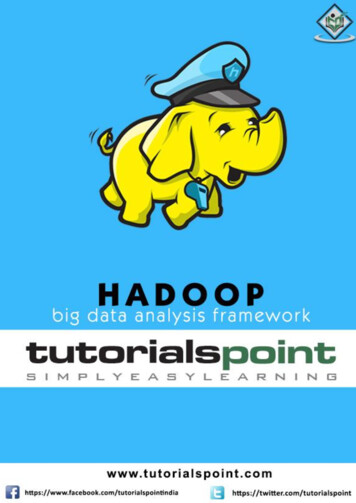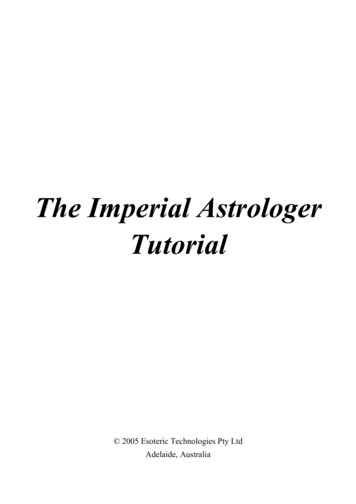
Transcription
The Imperial AstrologerTutorial 2005 Esoteric Technologies Pty LtdAdelaide, Australia
2Table of ContentsTable of Contents1 INTRODUCTION .42 BACKGROUND AND BASIC CONCEPTS.52.1Chinese Astrology. 52.2The Chinese Calendar . 82.3The Four Pillars of Destiny . 112.4The Five Elements. 142.5Element Relationships Within The Pillars . 162.6Yin And Yang . 202.7The Twelve Animal Phases. 212.8Interpreting the Pillars. 272.8.1Primary Guide . 272.8.2Weighting . 292.9Progressing the Pillars. 303 THE TETRAGRAMS.333.1Interpretation Text. 333.2Background . 344 BIRTH CHART REPORTS .374.1Four Pillars Analysis . 374.2Pillars Interpretation Report. 394.3The Tzu Wei Chart and Report . 404.3.1Tzu Wei Chart Construction Method. 414.3.2Tzu Wei Chart Delineation . 435 FATE CYCLE REPORTS .455.1The Lifetime Fate Map. 455.2The Lifetime Fate Cycle. 495.3Event Fate Cycle . 505.4Event Fate Cycle Graphs. 516 APPENDICES .536.1Glossary of Terms for Chinese Astrology . 536.2Stem/Branch Equivalents . 54
Table of Contents36.3The 12 Branches As Phases Of A Cycle. 566.4The 12 Branch Animals . 626.5The 28 Animals of the Lunar Mansions. 656.6The 12 Indicators For The Day . 686.7The Stars in the Tzu Wei System. 706.7.1Tzu Wei Star Equivalents. 706.7.2Tzu Wei Stars Interpretations . 727 REFERENCES .777.1Bibliography. 777.2Web Links . 78
41 Introduction1 IntroductionWelcome to the Imperial Astrologer!This is our introduction to Chinese Astrology – aimed primarily at Westernaudiences. The methods and calculations used in this program form the basis of thestyle of Chinese Astrology practiced for and by the general public throughout manyOriental cultures. They are actually not purely astrological systems, though. Rather,they are more sophisticated systems of calendar-based numerology used by theChinese for many centuries.The major divisions of Chinese astrology covered in the Imperial Astrologer include: The Four Pillars The Life Cycle Map, a lesser-known system developed during the Tang Dynasty Tzu Wei Dou Shu, which synthesises the above divisionThese three divisions of Chinese Astrology are methods known as Fate Calculation.Without them, an understanding of any form of Chinese Astrology is virtuallyimpossible. Therefore, we are pleased to include them all within this program, and inthis tutorial, we describe each of them in some depth.
2 Background and Basic Concepts52 Background and Basic Concepts2.1 Chinese Astrology“What’s your animal sign?”When we hear the words “Chinese astrology” we automatically think of the animalthat describes the Chinese year in which a person is born. We think with amusementthat we might be a Rat, a Dog, a Pig, a Horse or even a Dragon.However, there is much more to Chinese astrology than the twelve animal signs onefinds on the place mats in Chinese restaurants. Chinese astrology is actually anancient, august system of divination that has evolved quite independently from therest of the world and is, in fact, the sister system to the astrology we know in theWest, giving us the missing pages of a long-sought chapter on the mysteries ofastrological art and practice.Our first exposure to Chinese Astrology is usually only a look at the Year animal.But, this is only 1/8 of the birth data from which the Chinese astrologer would work.When we give a Western astrologer our birth details—date of birth, time of day andplace of birth—we get a natal horoscope derived from that, which is simply a map ofthe planetary positions at the moment of our birth. From the Chinese astrologer (agood one, that is), besides getting the natal chart, we get quite a bit more than that.We are given what are known as The Four Pillars (Year, Month, Day and Hour)—thefoundation of their Fate Calculation systems—the possibility of at least one hundredderived “stars” in addition to the planets, the further subdivision of the zodiacalwheel into 28 lunar mansions with all those resultant meanings and the inclusion inthe analysis of many other cycles--planetary and otherwise—of which Westernastrology knows little or nothing.For instance, most of us know about the animal associated with a person’s year ofbirth. But, there are “animals” associated with the month, day and hour, as well asone of Five Chinese Elements associated with each one and twenty-eight extraanimals, each associated with a day of the month. The learned Chinese astrologerwould smile quietly to him/herself at the blissful ignorance of the restaurant patronsso delighted with their new animal labels. The depth of analysis a good ChineseAstrologer would give to the Four Pillars goes far beyond the Year Pillar, where the
62 Background and Basic Conceptsanimal for the year is found. In fact, the Year Pillar does not really describe theperson. Instead, it describes social contacts, ancestors and extended family. It is theDay Pillar that describes the self.Much of Chinese astrology in the public domain is actually what is known as MingShu - Fate Calculation - which does not use the actual planetary positions at all. Thereason for this goes back to ancient China where astrology was reserved for theImperial Court and for people of real importance within the state. Possession of starcharts by commoners was a crime punishable by death. This was because theEmperor was considered as the representative of Heaven on Earth, so someoneoutside the Imperial court to be in possession of star charts would present a danger tothe state as they would essentially be in possession of state secrets and in a position tousurp the power of the throne–if they knew what to do with the information. Fatecalculation was used in the court as well, but its secrets were so subtle and the veilingof the true cycles and meanings so complete that safety in the hands of the public wasassured. The motions of the stars are obvious. The operation of more esoteric cyclesis not apparent to the average person.There are many different methods of Ming Shu, some quite simple and others verycomplex, such as the Tzu Wei (Purple Palace) system. The latter, though complex, isnot the be-all and end-all of Ming Shu, however. There are some methods that areamazingly exact, but these are generally kept from public view and, due to the natureof the calculations involved, are prohibitively expensive for the incomes of mostChinese.It may be of interest to note that schooled Chinese astrologers do not use the animalsat all in their delineations. Instead, they use the Branch, which the animals represent.A Branch is simply a notation of a portion of the greater cycle. It is always a divisionof the cycle by twelve. As an equivalent, we could say that Aries would be the firstBranch in Western astrology. These Branch numbers have no numerical values. Theyare simply labels. Animals are a convenient tool for memorizing the intrinsicmeaning of each Branch and there is some parallel between the zodiacal signs(Aries 1) as phases of the Western Zodiac and the Chinese Branches, although the 1stMonth Branch (Rat) corresponds loosely with Aquarius, not Aries. Seeminginconsistencies aside, the animal symbolism in Chinese astrology is actually anesoteric blind for a much more profound meaning and mechanism.As an aside, there is a method of Ming Shu which can actually give one their birthweight, among other things. It is called San Shi Xiang Fa—Three WorldsPhysiognomy Rules—is reasonably accurate and it is based upon the Four Pillars.Each Pillar is assigned a weight, the summation of which yields the person’s weight
2 Background and Basic Concepts7at birth. This system is well known in China and it appears in many dictionaries there.There is another form of Ming Shu called “Plum Flower” I Ching, which relatesastrology to the I Ching, or Book of Changes. This is one of the more accuratesystems of Fate Calculation, but it is virtually unknown in the West. Yet another oneis called “Iron/Wood” Ming Shu—having as its basis a plethora of calculations alldone on a slide rule (the “Iron/Wood”), which also yields remarkable results.The question arises as to how this all works if not based on planetary cycles, thisbeing one of the more obscure parts of Chinese astrology. All these methods of MingShu and the Four Pillars themselves are, in fact, based upon real planetary cycles,even though there is no correspondence with the actual orbital positions of theplanets. Just as everyone has their own physical cycles, such as respiration, heartbeat,sleep, etc, so we also have cycles associated with our psyches. Just as we breathe inand out ceaselessly through life so, too, does the psyche.To use a simple analogy, there are periods when we are outwardly focussed and timeswhen we withdraw inwards, and these have their own cycles and timing. As surely aswe do this, so do the Great Planetary Lives as well. The esotericist will recognizethese periods of in-breathing and out-breathing of the psyches of the planets as “Raycycles”. “Ray” is a term used by esotericists to describe what might be called thepsychic ebb and flow of a planetary Life, or Lord. Ray cycles are indeed bona fideplanetary cycles, and they condition the psyche of humanity, the lower kingdoms andall other kingdoms in nature throughout the solar system. To show how this mightwork, consider the following:For many centuries the Chinese have used a cycle of nine years in their Feng Shuicalculations to determine a person’s orientation within the environment. This yieldswhat is known as the Nine Star Ki numbers for a person. They list this cycle as thelesser cycle of Saturn, their Earth Planet. Saturn, as we know in the West, governs aperson’s placement within the greater scheme of things, astrologically defining theboundaries within which we must work. For the most part, this is a subjective mattergoverning our place upon the earthly sphere through the power of our thinking. Thisnumber nine is also recognizable as a subdivision of one of the Ray cycles elucidatedin the Alice Bailey material.Although this particular cycle of nine does not figure prominently in Chineseastrological calculations, there is another one that does—the number five, which is alesser subdivision of the Ray cycle for Jupiter. As it turns out, the entire Fiveelement, twelve Branch hexagesimal cycle (cycle of sixty) is governed by Jupiter, theBranches being governed by its twelve-year orbital cycle, and the cycle of the FiveElements (Stem cycle) being governed by its Ray cycle. Jupiter is said to be the Year
82 Background and Basic ConceptsPlanet, or that planet whose orbit maps out the course of the Great Year. There aresimilar Ray cycles embedded throughout Chinese astrology, but all we are doing hereis indicating that these fate cycles are not simply fanciful, but have evolved throughmany generations of careful observation and study, for which the ancient Chinesewere renowned.This program works only with various aspects of Fate Calculation—Ming Shu. Sincethis is an introd
The major divisions of Chinese astrology covered in the Imperial Astrologer include: The Four Pillars The Life Cycle Map, a lesser-known system developed during the Tang Dynasty Tzu Wei Dou Shu, which synthesises the above division These three divisions of Chinese Astrology are methods known as Fate Calculation.File Size: 449KBPage Count: 78
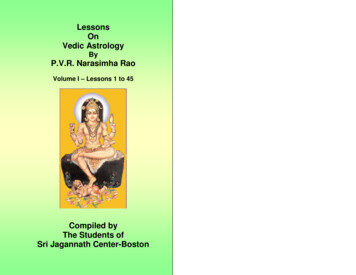

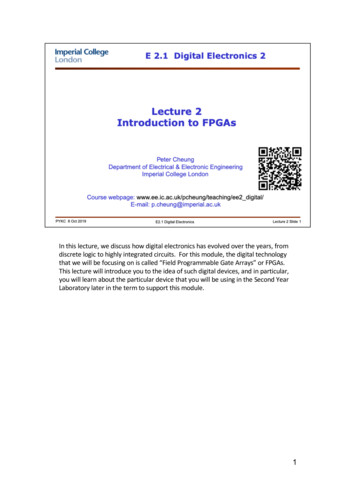

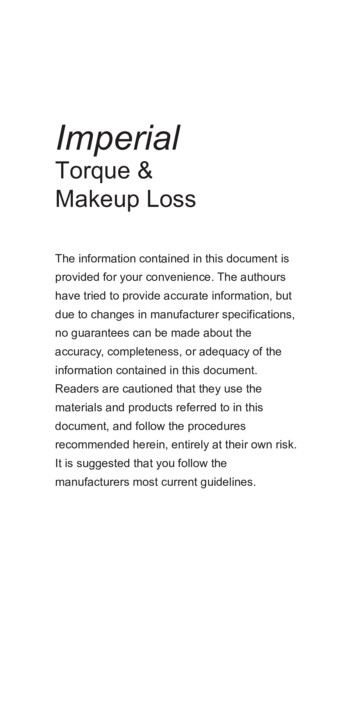
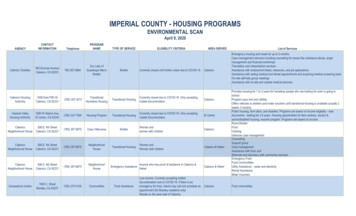

![Unreal Engine 4 Tutorial Blueprint Tutorial [1] Basic .](/img/5/ue4-blueprints-tutorial-2018.jpg)


